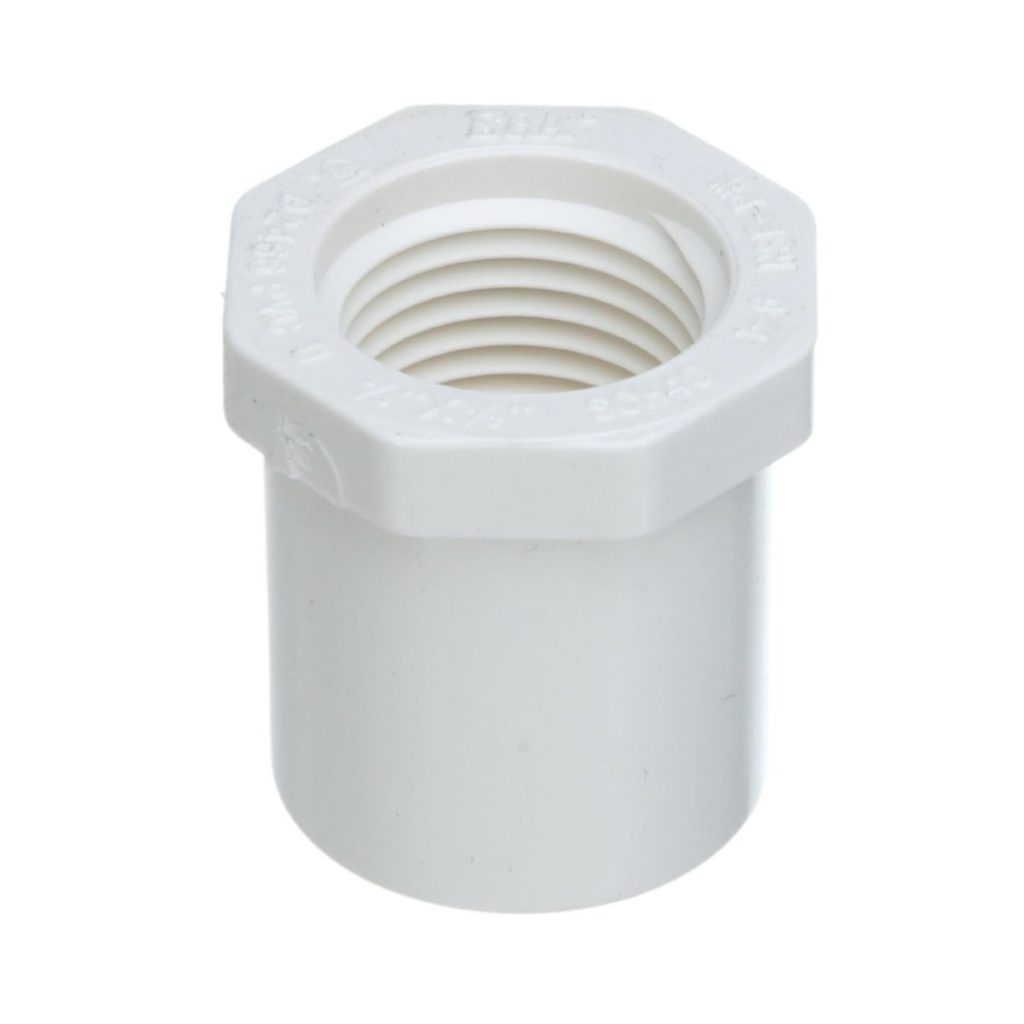The main difference between ASTM D2457 and ASTM D2467 lies in their application and material specifications: ASTM D2457: Purpose: This standard specifies the test method for the gloss of plastics and nonmetallic coatings using a 60° specular gloss measurement. Use Case: It is primarily used to evaluate the surface finish or glossiness of plastic materials, not directly related to PVC...
Featured
-
PVC Fittings. Buy in Bulk and Save!
Upgrade your plumbing, irrigation, or DIY projects with high-quality PVC fittings from 247Garden. We offer a wide selection of Schedule 40 and Schedule 80 PVC fittings, perfect for all your needs. Free shipping special for select items. Looking for extra discount for your business? Contact us today 323-318-2600 or email info@247garden.com -
The Cheapest Place to Buy Fabric Grow Bags
At 247Garden, we believe in growing more, for less. Get top-quality, durable fabric grow bags without the high price tag! Whether you’re cultivating herbs, veggies, or flowers, we’ve got the perfect solution for you. Now is the time to grow smarter, not harder! Find your perfect fabric grow bag at 247Garden—your go-to for the cheapest grow solutions, delivered right to... -
What is the purpose of a PVC Male Adapter?
A PVC male adapter serves the purpose of connecting a PVC pipe to a component with a female threaded connection. It has one end that is smooth (slip or socket) for gluing to a PVC pipe, and the other end has external threads. The key functions of a PVC male adapter include: Transitioning Between PVC and Metal or Other Materials... -
Different Types and Sizes of PVC Reducing Fittings
PVC reducing fittings are used to connect pipes of different sizes, allowing for smooth transitions between larger and smaller diameter pipes. Here are the common types of PVC reducing fittings: Reducing Coupling – A coupling that connects two pipes of different diameters in a straight line. Reducing Tee – A tee fitting where one outlet is smaller in diameter than... -
Cool DIY you can build yourself with 1/2 Furniture Grade PVC Fittings
Here are some fun and creative DIY projects you can build using 247Garden's 1/2" furniture-grade PVC fittings: DIY Kids Play Fort – Create a durable, lightweight fort for children to play in, perfect for both indoor and outdoor settings. PVC Shoe Rack – Build a simple shoe organizer to keep your entryway tidy. Portable PVC Hammock Stand – Construct a... -
What is a PVC Spigot?
A PVC spigot is a type of fitting used in plumbing and piping systems made from polyvinyl chloride (PVC). It is specifically designed to fit into another fitting rather than around it. Here are the key aspects of a PVC spigot: Definition and Use: Spigot End: A spigot is the plain end of a pipe or fitting that is designed... -
What can you build with a 5-Way PVC Fitting
A 5-way PVC fitting is a versatile connector commonly used in DIY projects, enabling you to connect five PVC pipes at 90-degree angles. Here are some ideas for what you can build using a 5-way PVC fitting: 1. PVC Garden Trellis Create a sturdy trellis for climbing plants like tomatoes, cucumbers, or beans by connecting multiple pipes with 5-way fittings... -
Does Black PVC fitting retain heat?
Yes, black PVC fittings do tend to retain more heat than their white or light-colored counterparts due to their color. Here's why: 1. Color and Heat Absorption Black surfaces absorb more sunlight compared to lighter colors. When exposed to direct sunlight or other heat sources, black PVC fittings can become warmer than white PVC fittings. This is especially noticeable in... -
All About PVC Transition PVC Fittings
What is a Transition PVC Fitting? A transition PVC fitting is a specialized type of fitting used to connect PVC pipes to pipes made from different materials, such as copper, steel, PEX, or CPVC. These fittings are designed to ensure a secure, leak-proof connection between different types of piping systems that might have different diameters, thread types, or material properties...










